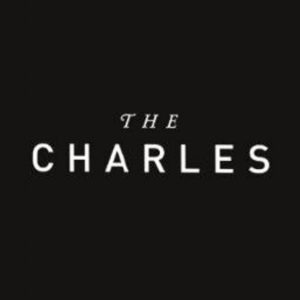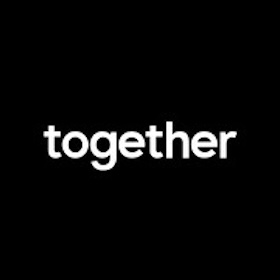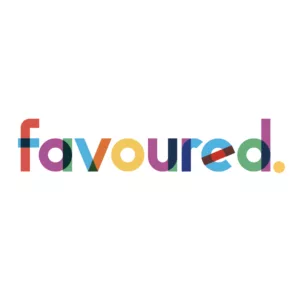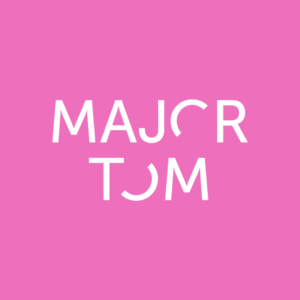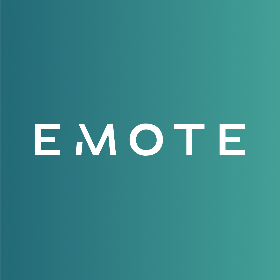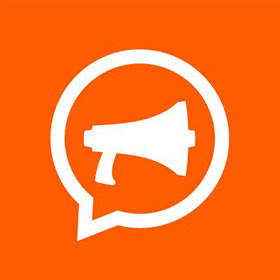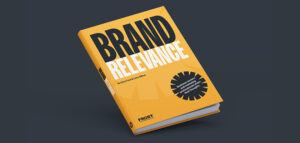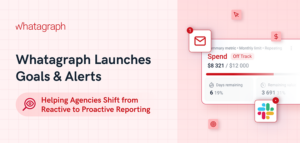
Why Utilization Rates are Key to the Success of Digital Agencies
If there’s one guarantee about life in the digital agency world, there won’t be many dull moments.
It’s full-on and fast-paced, which is why most of us love it, but with that speed comes the potential to take your eye off the ball when it comes to the behind-the-scenes of your own business.
Let’s face it, most digital creatives don’t get into their job to think about utilization and time-tracking. But failing to get to grips with your employee utilization rate can limit business growth, hinder staff development and lead to poor decisions based on gut feeling instead of fact. This blog looks at utilization rates, what they really mean, and how understanding your agency could be truly transformational for your business.
What Exactly are Employee Utilization Rates?
Utilization rates measure how much time staff is spending on client work (chargeable hours) versus work that isn’t directly bringing in any income.
For example, writing social media posts for a client would be chargeable work, sitting in a meeting about how the agency is planning to attract new clients isn’t.
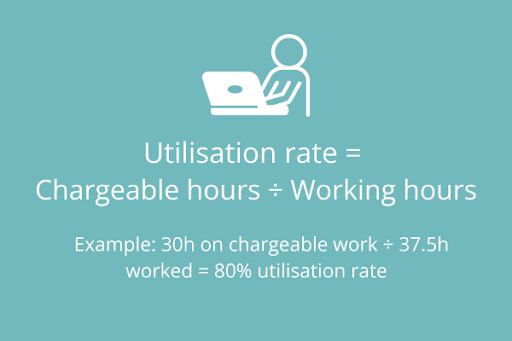
What Rate Should an Agency Be Aiming for?
This is a bit of a ‘how long is a piece of string’ question because the answer will vary from agency to agency, and what’s right for one could be wrong for another.
According to Agency Works, the industry average utilization rate is around 65%, however, an ideal figure would be 75%. But things are rarely as simple as this and comparisons between your agency and another aren’t always helpful.
Agencies come in all shapes and sizes, with varying cultures. Some have a very relaxed culture, with teams chatting over breakfast or Friday afternoon drinks – this may appear to lower utilization rates but have a positive effect on staff satisfaction and retention rates, so there is always a balance to be found.
What are the Benefits of Understanding Utilization Rates?
Understanding how much chargeable time each person in your agency can achieve each week enables you to work out how much capacity you have and how much revenue you could realistically bill.
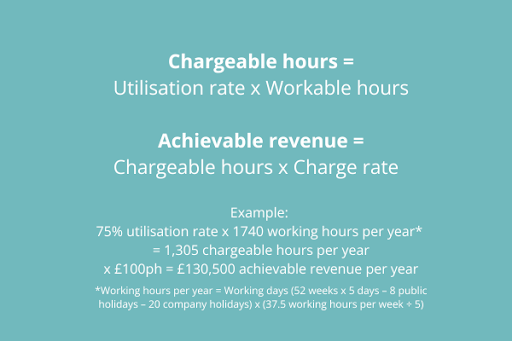
The ideal scenario is that on average team members are working on chargeable work 75% of the time. To move as close to this scenario as possible, you need a clear view of how many hours you can sell and what’s booked against each department. From there, you can look at where there are gaps, and your sales or client team can look to fill these gaps in capacity.
And, because understanding your agency utilization rates requires accurate time-tracking, it brings with it a raft of benefits and opportunities:
- Avoiding over-servicing: Accurate utilization data helps you keep a grasp on what’s happening. You can see if a job’s nearing budget or elements of it are taking too long, and take proactive measures. Make sure people log all their time to the job – not just scheduled time – so you can accurately track where you’re overrunning on client work. You can’t fix it, if you don’t know it’s happening!
- Improved estimating: The accurate time-tracking required for getting your utilization rates right gives you a great benchmark against which to quote for future jobs. You can look at past work and see exactly how long a particular task has taken and who was involved, allowing you to price new business more accurately.
- Staff wellbeing: While staff may initially resist the idea of logging their time in detail, it ultimately leads to many benefits for them – less time spent over-servicing on jobs and cramming in extra hours at the last minute, less idle time waiting for jobs to come in, and an understanding that they need to speak up if overloaded with work. By mitigating the peaks and troughs in demand it can help reduce burn-out and increase overall satisfaction.
How to Track Utilization Rates?
Keeping track of how time is spent is one of the most valuable reporting tactics you can employ. You can look at how well-utilised and billable your people are, which ultimately translates into how profitable they are.
Imagine you have a team of 10 designers, charged at £100ph, each with a utilization rate of 65%. Multiplied by the number of hours they work — they could generate £1,131k of revenue per year. Now, increase their utilization rate to 75% — they could generate £1,305k per year — that’s an extra £174k!
Ideal utilization rates will look different for all agencies and the individual teams within them. What’s important is that once you get an accurate handle on your current utilization rate, you have a benchmark upon which to improve and a way of measuring any changes’ success.
Some smaller agencies will find they can keep on top of utilization tracking through the clever use of spreadsheets alone, but this requires a lot of time and effort, and won’t link in with all the other key aspects of your business.
This is where agency management software comes in.
These platforms typically allow you to:
- See your utilization rates vs. targets
- Forecast capacity and see the impact of winning new business
- Manage projects from brief to billing
- See where you overservicing and where you making money
- Give you real-time reporting on every aspect of your agency
- Convert allocated tasks into timesheets with a single click
Choosing the right one for you can take time but it’s not a decision to be rushed. Make sure you look for systems that can be adapted to your business needs as it grows and where the providers will be on hand to offer ongoing support at every stage.
In a nutshell, accurate employee utilization rates make every other aspect of a business easier. They provide a starting point for your resource planning, enable you to see which clients and projects are the most profitable and, ultimately, fast-track your business growth.
For an overview of how Synergist can help you maximise your utilization rates, book a demo.

